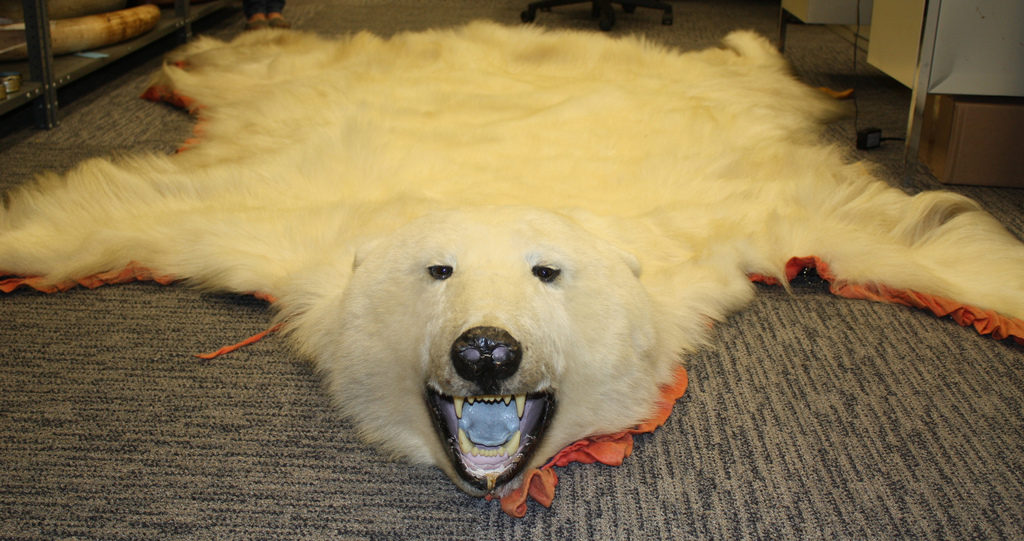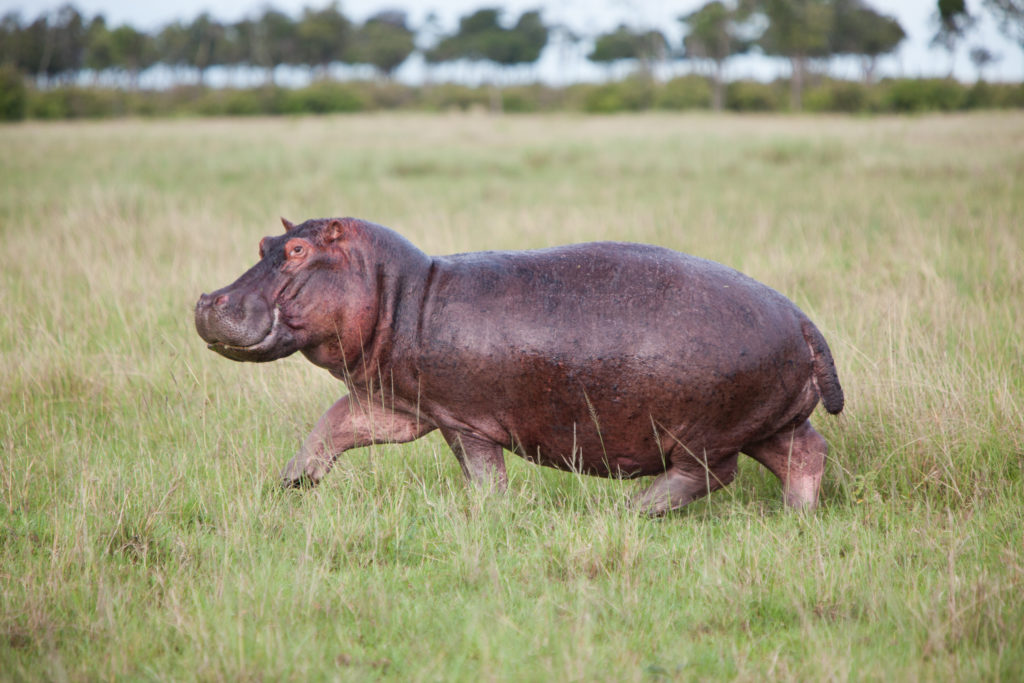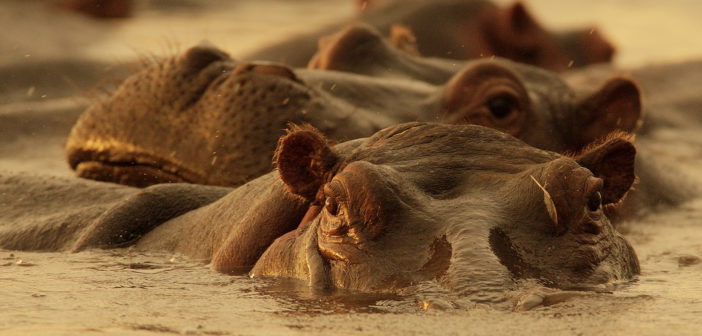Written by Dr. Lynn Johnson
The Convention on International Trade in Endangered Species of Wild Fauna and Flora (CITES), the United Nations organization that regulates wildlife trade, meets in Sri Lanka in May for its 18th session. First on its agenda should be its chronic inability to conserve the world’s natural resources. It’s a topic the organisation has been avoiding for years.
The obvious way to protect the natural world is through cautionary, conservation-based principles and conventions. Instead, CITES attempts to conserve using trade. This approach hasn’t worked for the past 40 years of CITES’ existence, but signatory countries still believe trade is the way forward and refuse to be persuaded otherwise. Challenging them can feel like a waste of time.
Conservation Non-Governmental Organizations (NGOs) that should be highlighting CITES’ failures aren’t doing so. When asked why not, their response is generally some version of ‘we know the system isn’t great, but it is all we have.’
When pushed, some admit they don’t want to upset the CITES secretariat or the parties as they don’t want to be uninvited to the working group meetings in Geneva or to the Conference of Parties, which would rob them of the of having a seat at the table. While signatory governments have an automatic invitation to CITES meetings and working groups, conservation NGOs are invited by the grace and favor of the formal stakeholders.
Conservation NGOs are also concerned that if CITES’ trade permit system is seen as flawed by the general public, it would reflect very badly on them for having allowed this to go on for decades.

A polar bear skin seized in New Jersey. Many wildlife products like this are legally and illegally traded. Credit: Bill Butcher/USFWS, CC BY-SA 3.0.
For the CITES system to prevent illegal trade, its monitoring system needs to be transparent and provide the ability to track individual items from origin to destination, without loopholes, gaps or opportunities to launder illegal items into the legal market. However, there’s a growing body of evidence that the CITES trade permit system is not managing this task.
In reality, the CITES trade and permit system is completely useless in tracking even the most basic import and export data. Items are not identifiable, not tracked and even quantities recorded are ambiguous (such as ‘10 units’ of ivory, which is so arbitrary as to be meaningless). Many countries do not require import permits, making reconciliation and auditing impossible. Permits are mostly paper based and generally not reconciled with customs documents.
Following research on hippo teeth trade between Africa and Hong Kong, Alexandra Andersson commented, “A quick scan of the records demonstrates that vast and consistent data discrepancies are clear in many cases, and that the true volume of many traded endangered species is simply unknown. This is alarming, considering the reason all of these species are included in CITES is because they are vulnerable to over-exploitation and extinction.”

The true number of hippo parts that are traded is unknown, due to CITES’ inefficiency in tracking. Image credit Matt Biddulph, CC BY-SA 3.0.
A 2012 British House of Commons report estimated the annual legal wildlife trade to be worth 320 billion United States dollars. A 2017 report by the World Customs Union said the annual illegal trade could be worth as much as 258 billion US dollars. Wildlife trade is clearly an enormous and lucrative industry.
Since the conservation organisations have no power and are not prepared to rock the boat, the focus for activists and the concerned public must be to influence the 183 signatories to CITES. This requires using the language of trade. But there’s no point in continuing to push concerns about the impact of the illegal trade, because this only ends up with the same old response: ‘We don’t have enough information, we need NGOs to do more research.’
Given the evidence that the present trade system is not fit for its purpose, there needs to be a moratorium on all new trade – for example rhino horn or additional quotas – until the system is decisively fixed. This needs to be a part of agenda at the CITES Conference of Parties 18 in Sri Lanka and beyond.
To summarize, CITES is presently a convention ostensibly dedicated to wildlife protection that does nothing other than enable trade on a massive scale with minimal regulation and oversight, resulting in plummeting wildlife populations. Traders and traffickers alike are making massive profits off of both legal and illegal trade.

An inspection of a legal shipment of wildlife pelts. Credit: Catherine J. Hibbard/USFWS, CC BY-SA 3.0.
Given the prevalent ‘free trade’ and ‘economic growth’ ideology, traders have ready access to lobby governments, whereas activists and those opposed to trade lack both access and representation. Additionally, conservation NGOs are often neutered by relying on government and corporate donations.
There is no chance of replacing CITES in the short term, so we need to fix it. This can only be done with the help of CITES government signatories, as only they can make proposals for consideration at CoP meetings. Putting pressure on the mainstream conservation NGOs to take a tougher stance on fixing CITES may not be worth the effort.
The beginnings of a solution came in a letter sent to CITES by the NGOs Nature Needs More and For the Love of Wildlife in September last year. A precautionary approach is suggested, based on the reverse-listing of all species that may be traded without damage to the species or their ecosystems. Nothing not on the list could then be legally traded. This would make trade easier to monitor, as under the current system 35,000 species are listed for trade restrictions, which is impossible to monitor. A levy is also proposed on all trade approved under CITES in order to provide the organisation with sufficient funds to create a transparent, traceable and tamper-proof trade system.
CITES, as the key agency and facilitator of trade in fauna and flora, has had over 40 years to evolve and perfect a system vital to the conservation of wildlife. If CITES and conservation agencies want to continue to be relevant on this issue, they need to rehaul their system or step aside, so a conservation-focused rather than a trade-focused system can be put in place.
This change won’t come from within CITES or even conservation NGOs. The best source of pressure is an informed, concerned and vocal public.
Read the original version of this article here.
Featured image: These hippos are one of the many species who are killed for legal trade under CITES. Image credit mrccos, CC BY-SA 3.0.





